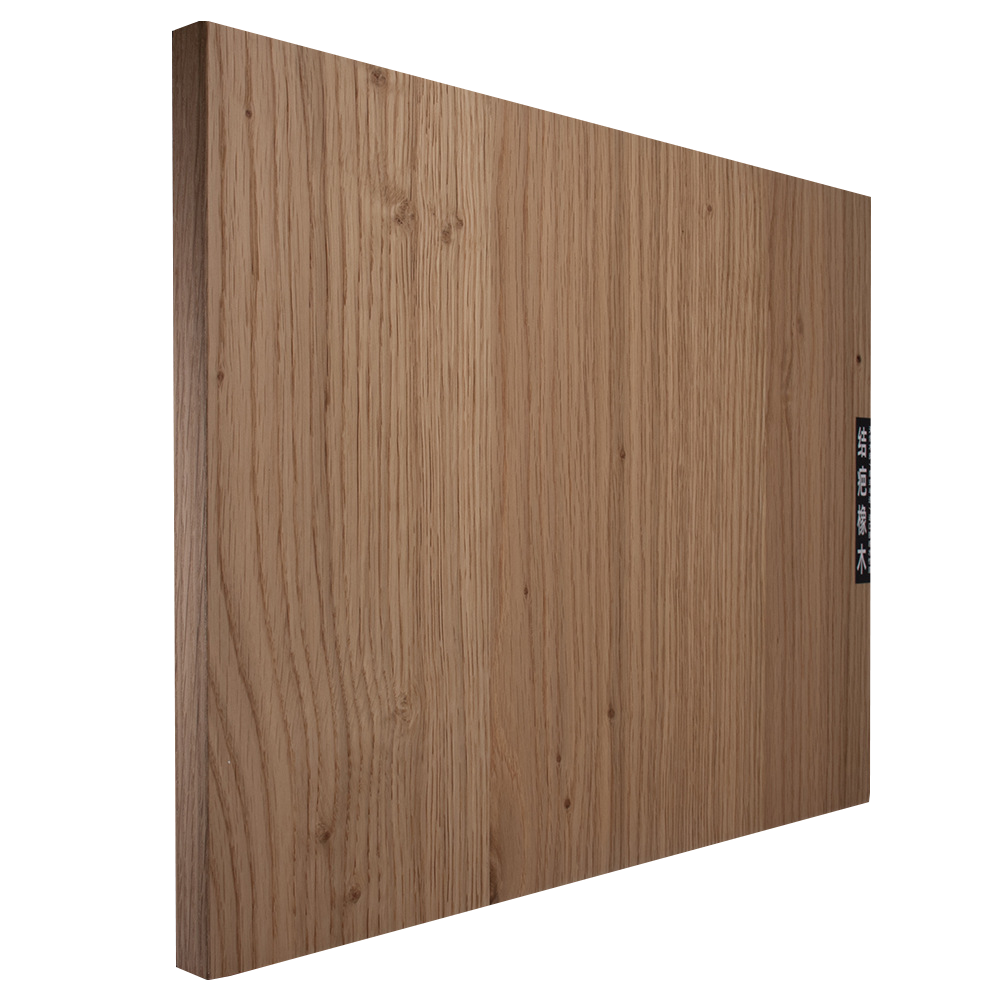PETG (polyethylene terephthalate Glycol) film has become popular in various industries due to its excellent performance, which is transparent, impact resistant, and easy to process. However, like any material, PETG film has its advantages and disadvantages, which need to be considered when choosing it for specific applications. Let’s take a closer look at these attributes.

Advantages of PETG Film
- Excellent Transparency PETG film boasts exceptional clarity, with light transmittance levels reaching over 92%. This makes it ideal for applications requiring high visibility, such as product packaging, display screens, and advertising logos. The high transparency enhances the visual appeal, making it perfect for products that need to showcase their contents clearly and attractively.
- Outstanding Toughness and Impact Resistance Compared to traditional PET films, PETG is significantly tougher and more impact-resistant. This property ensures that PETG film provides reliable protection, especially in demanding applications such as medical device packaging, protective films for electronics, and other areas where durability is critical.
- Good Processing Performance One of the standout features of PETG film is its excellent processability. It can be easily shaped using thermoforming, injection molding, cutting, and drilling. PETG’s adaptability to various manufacturing techniques makes it highly versatile, enabling the creation of complex shapes without the risk of cracking or breaking.
- Low-Temperature Heat Sealability PETG film has a lower heat-sealing temperature compared to other films, yet offers high seal strength. This gives it a significant advantage in the packaging industry, ensuring a secure and airtight seal that protects the contents and extends shelf life. This feature is particularly beneficial for food, pharmaceutical, and cosmetic packaging.
- Chemical Resistance PETG film is resistant to a wide range of chemicals, including acids, alkalis, and organic solvents. This resistance makes it suitable for use in environments where it may come into contact with harsh substances, such as laboratories or industrial settings.
- Environmentally Friendly PETG is recyclable, aligning well with the increasing global emphasis on sustainable materials. PETG film can be reprocessed after use, helping to reduce environmental impact by minimizing waste and supporting circular economy principles.
Disadvantages of PETG Film
- Higher Cost One major drawback of PETG film is its higher production cost compared to more traditional plastics like PET or PVC films. The complex production process and higher cost of raw materials contribute to its elevated price, which may restrict its use in cost-sensitive applications.
- Poor Thermal Stability PETG performs well at lower temperatures but struggles with heat stability. It can deform or degrade in high-temperature environments, limiting its usefulness in applications like high-temperature sterilization in medical settings. For industries that require heat-resistant materials, PETG may not be the best option.
- Easy to Scratch PETG’s surface hardness is relatively low, making it more prone to scratches and wear during usage. This can be a concern in applications like protective films for electronic devices or touchscreens, where surface durability is crucial for both functionality and aesthetics.
- Limited Chemical Resistance in Extreme Conditions While PETG resists many chemicals, it may not hold up well in extreme chemical environments involving high concentrations of strong acids or bases. For more chemically demanding applications, alternative materials with stronger chemical resistance may be necessary.
- Aging and UV Exposure Long-term exposure to ultraviolet (UV) light can cause PETG film to degrade, yellow, and weaken. In outdoor applications, where constant sun exposure is a concern, PETG film needs additional UV protection to prolong its lifespan and maintain its appearance.
Applications of PETG Film
Despite its disadvantages, PETG film’s numerous advantages have earned it a wide range of applications across various industries:
- Packaging Industry PETG film’s high transparency and excellent sealing capabilities make it a popular choice for food, medicine, and cosmetic packaging. Its aesthetic appeal and protective features help ensure that products are both safely stored and attractively presented.
- Medical Industry PETG’s non-toxicity, biocompatibility, and durability have made it an essential material in the medical industry. It is used to manufacture packaging materials for medical devices, medicine bottles, and laboratory consumables, where clarity and safety are paramount.
- Electronic Products PETG film is commonly used in electronics for protective films, display panels, and keyboard covers. Its impact resistance and transparency help safeguard delicate components while maintaining clear visibility, extending the life of electronic devices.
- Advertising and Signage PETG’s high transparency and processability make it ideal for creating advertising signs, display racks, and lightboxes. Its ability to maintain clarity in various environments helps advertising materials stay visually appealing, even under diverse lighting conditions.
- Industrial Applications PETG film is widely used in industrial settings for protective covers, display windows, tool handles, and more. Its robustness, resistance to impact, and ease of processing ensure that these products can withstand long-term use in challenging conditions.
Conclusion
PETG film is an excellent material with many strengths, including outstanding transparency, toughness, heat-sealability, and chemical resistance. These features have led to its widespread use in the packaging, medical, electronics, and industrial sectors. However, its higher cost, susceptibility to scratching, and limitations under extreme heat and chemical conditions must be considered when selecting PETG for specific applications.
As industries continue to prioritize sustainability and functionality, PETG film’s recyclability and versatility ensure it will remain a key player in various sectors, especially where clarity, durability, and environmental friendliness are top priorities.


